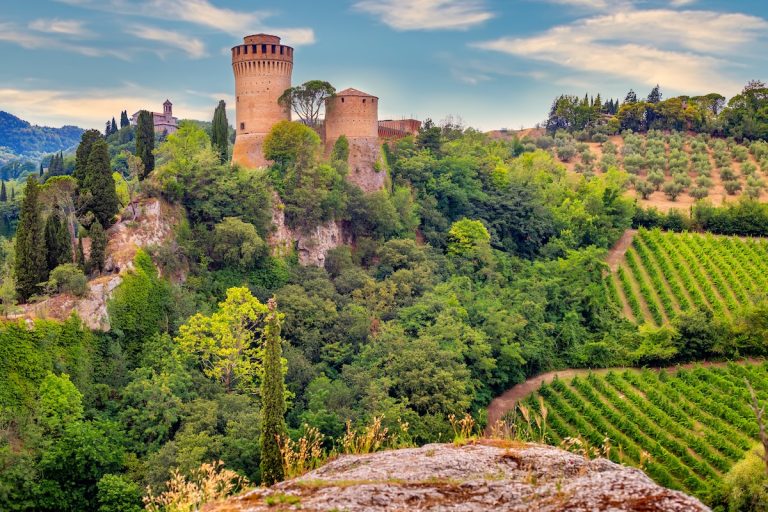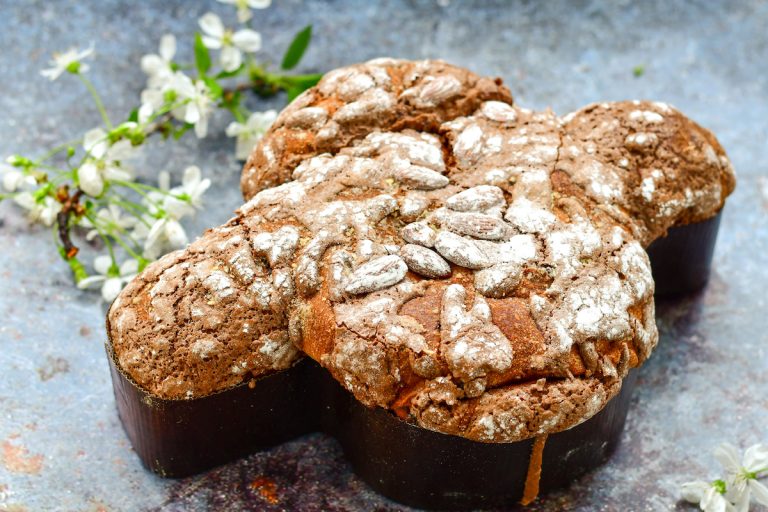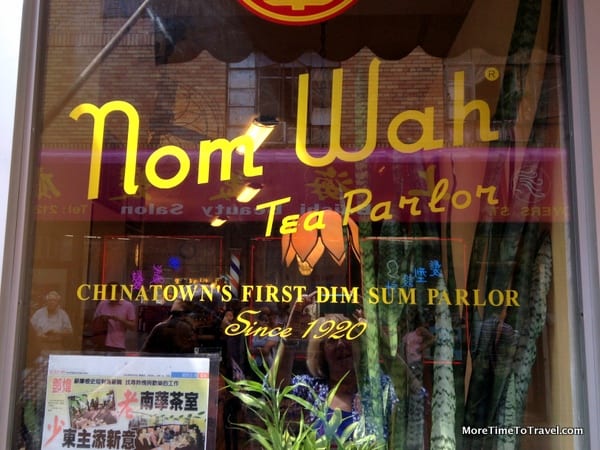The Warm Hands That Make Pasta in Bologna

We learned to make pasta in Bologna a mano (by hand) and discovered that warm hands make all the difference.
My cell phone alarm rings at 8 AM, only seconds before the sveglia (wake-up call) from the front desk. I draw open the heavy red drapes of Room 39 on the third floor of the Hotel Orologio. The morning sun washes the mahogany furniture and yellow brocade walls. It’s another day to explore Bologna, a city so mouth-watering that tourists seem to live from meal to meal.
Our hotel is centrally located in the heart of the historic center, just off the Piazza Maggiore, and a short walk to the food markets and restaurants that dot the ancient medieval-style streets, via Clavature, via Pescerie, and via Draperie.
With only 34 rooms connected by intimate hallways, the hotel offers the feel of a comfortable pied a terre. Its attentive owners, Cristina and Mauro Orsi, completely renovated the property when they purchased it in the ’70s and have done a masterful job of preserving its mid-nineteenth-century character and charm while making sure the rooms, bedding, bathrooms, and public spaces are updated, comfortable, and inviting.

We grab a quick bite and cappuccino in the breakfast room, just off the salon that could pass for an old Bolognese living room (except for the internet access point in the corner). Sarah is perched at the reception desk in front of a computer and has assumed the role of our city guide.
Each time we go in and out of the hotel, she’s full of good suggestions. This morning she has arranged for my husband, my twenty-something son, and me to take a pasta-making course at La Vecchia Scuola Bolognese.
Off to cooking school in Bologna
Early morning is one of the few times when there are more pigeons than people on the Piazza. Sarah has ordered a taxi to take us to the school located in a residential suburb in the northwest quadrant of the city, outside the tangenziale road that circles the city linking the eight remaining Portici (arcades) from when the city was inhabited by Etruscans.
Registration for the three-hour course takes place in a small anteroom at the school. Our group of six includes the Famiglia Levine, a semi-retired foodie from Denver who is vacationing in Bologna for a month, and two Italian women who are taking a longer course so they can prepare fresh pasta for local restaurants.
After introductions, we wash our hands and don hats and aprons that make us look and feel semi-pros even before we begin. We’re led to our classroom, a large storefront kitchen with a row of worktables.
We spent the morning learning about Bolognese pasta and its unique preparation. The sole ingredients used are extra-fine flour and large eggs with intensely orange yolks (that come from chickens who are fed diets heavy in carrots); the two are carefully measured and blended to make the dough (sfoglia)–without water, oil, or salt.
The school is operated by Alessandra Spisni, a larger-than-life Italian TV personality who serves as headmaster, watching over students and staff. Her jocular brother Alessandro performs kitchen antics. In appearance and personality, he is a cross between one of the curly-headed Marx brothers and an oversized Roberto Bernini. While Alessandro keeps us laughing, his niece Stefania keeps us on task and bellows instructions on technique in perfect English.

Pasta 101
“Roll the pastatore (rolling pin) with your shoulders,” she says. “Make sure the dough has enough air and is the right thickness for the pasta you are preparing.” She holds my flattened pie-like piece up to the light and says, “Bravo, it’s perfect!”
We make tortellini, cutting the dough into hundreds of inch-size squares, and filling them with a mixture of mild parmesan cheese, pork and parsley. Then we carefully fold them around our fingers into their traditional donut shape. No two are exactly the same and it’s slow going.
Then we move on to what Stefania calls their big brothers, tortelloni, larger meatless pieces filled with a more pungent parmesan and ricotta cheese. Everything is made a mano (by hand) as it has been for generations.
Some say the use of warm hands accounts for the difference in taste between machine and handmade pasta. We also make tagliatelli, slicing the dough in even lines and then separating them into strips to dry. Finally, we get a chance to make garganelli, rolled tube-shaped pasta, using a wooden instrument to draw lines in the dough before it is folded over.

Nearly four hours later, after bending over tables and using our arm and back muscles in new ways, we are exhausted and hungry–again. We are led to a cozy dining room with four tables in the back of the school where Giovanni Butto, a former student of journalism and sociology at the Universita di Bologna, serves lunch and moonlights as editor of the Spisnis’ new cooking magazine.
The pasta-making graduation ceremony
Butto pours a delicious bottle of Cabernet Sauvignon Colli Bolognesi (produced in the hills of Bologna) and introduces us to piadina, a thin flatbread typical of the Emilia-Romangna region.
Our lunch could feed a busload of tourists: a meat plate with prosciutto and soppressata, tortellini en brodo, and successive dishes sampling all the pastas we’ve made (finished with Alessandra’s sauces that she’s been cooking in a nearby open kitchen). The dessert is tenerina (a flourless chocolate cake).
Before we left with our diplomas in hand, Giovanni handed each of us a white paper bag with our pasta, now dried to take home.
After we returned to the States, I browsed through a classic Italian cookbook on my shelf, The Splendid Table by Lynn Rosetto Kasper. I’m looking for a sauce that’s fit for the pasta we’ve brought home with us.
As I open the book, I look at what she has written in the preface and couldn’t agree more: “Ask an Italian where to take only one meal in Italy and, after recommending his mother’s house, he will more than likely send you to Emilia-Romagna.”






Brings back great memories of Emilia Romagna, as well as a hill towns walking tour where I stayed on an olive tree/olive oil farm and had cooking lessons.
I think it is one of the most special places to visit, Judy–especially if you love food 🙂
Best, Irene